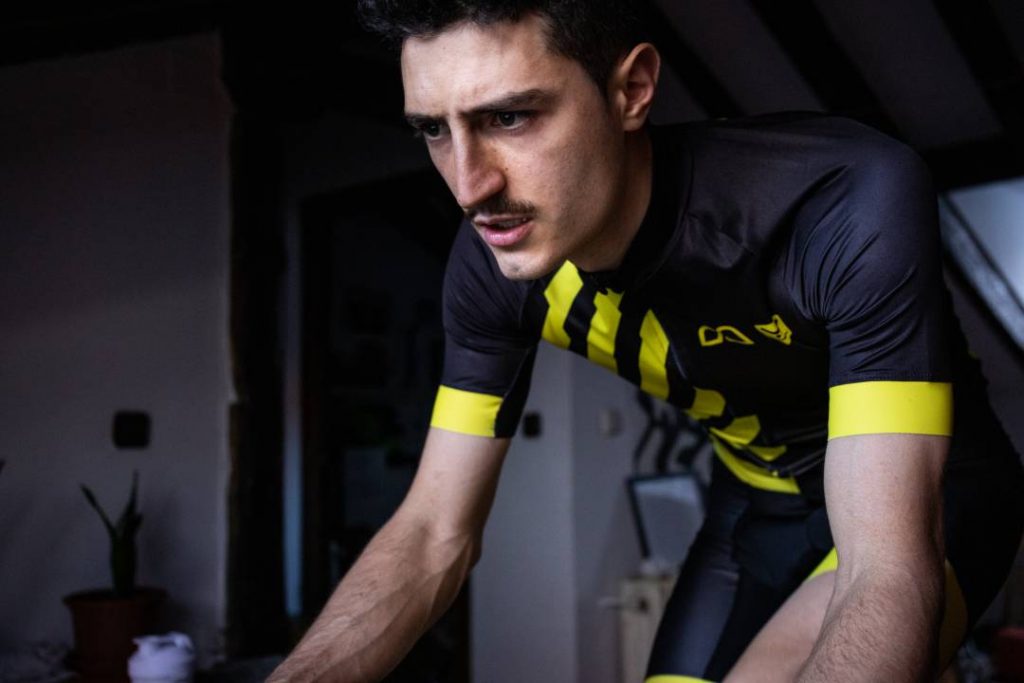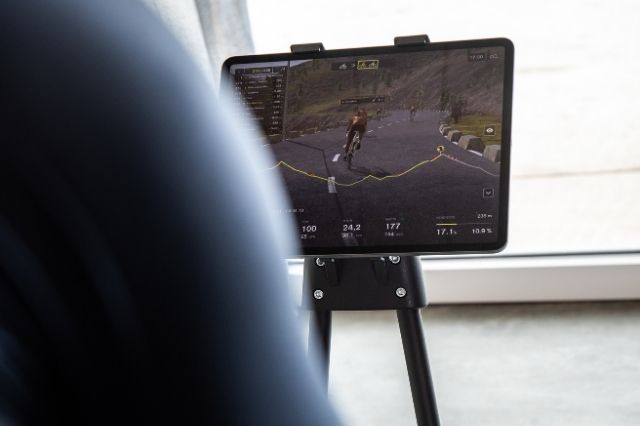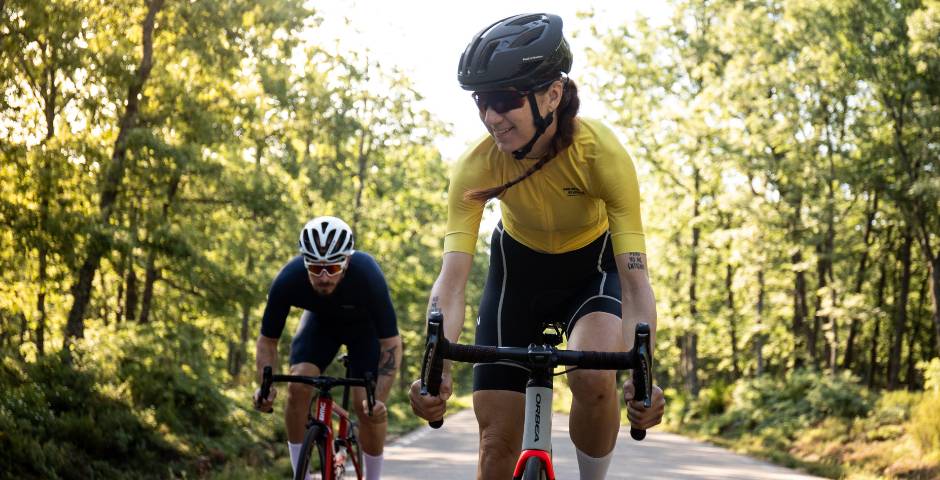Turning fifty is often associated with a reduction in physical performance in sport, but is this always the case? The passage of time can manifest itself in different ways, including in physical fitness, but can I enjoy indoor cycling past the age of fifty? Of course you can.
It is true that once you reach a certain age you don’t do sport in the same way, as there are more physical limitations. However, sporting performance also depends to a large extent on mentality. Those who have a more youthful personality and try to keep pushing themselves to the maximum, continue to get high quality workouts without age being an obstacle.
Perhaps you have wondered if after fifty you can continue to enjoy indoor cycling and the activities offered by BKOOL. This depends mainly on your mentality and your capacity for sporting demand. It’s inevitable to get older, but that doesn’t mean you have to give up sport and the desire to excel.
The way you age dictates your athletic performance
It is very common to hear comments such as “forcing so much is surely not good”, “at my age so much intensity is no longer good” and a long etcetera. However, these phrases are more of an excuse than a reality.
The factor that indicates how much sport we can do is not our age, but the way we age. It is true that turning fifty means starting to have certain limitations, but it all depends on how we are aging.
It is not the same to reach fifty years of age being overweight or having cardiovascular problems as it is to reach fifty years of age without having any health problems. Health, lifestyle, diet and sporting experience determine the way we age and, therefore, are the keys that determine sporting performance.
How to plan your training?
As we age, it is common to lose aerobic capacity. Therefore, this is an aspect that must be emphasized in training.
It is advisable to perform high-intensity training, but without overdoing it. The appropriate thing to do is to adjust the loads and reduce the time of the intervals, always as much as possible adapted to our aerobic capacity.
For this work, an example of training is HIIT (High Intensity Training), as it is designed to work aerobic capacity and oxygen consumption. However, it is not an exercise to be performed constantly. The demand is high, so it should not be performed more than twice a week.

However, it is possible to perform an extensive training, an average of two hours, performed at intensities close to 60% of VO2Max. This type of exercise is essential for developing endurance in cycling.
In the case of the anaerobic threshold, it is best to push yourself less. It is advisable to work with short intervals of about ten minutes, reducing the number of repetitions and lowering the intensity.
Loss of muscle mass after fifty years of age
In the same way that aerobic capacity begins to be lost, muscle mass is also reduced. In cyclists over 50 years of age it is essential to include strength training in the routine. This will minimize muscle loss.
This training can consist of more specific exercises for cycling such as squats, presses or those that work the extensor muscles of the lower body.
The frequency of strength training can be two days a week for six to eight weeks with medium and high loads. In the following months, training with fewer sets and medium loads can be performed.
Conclusions
Enjoying indoor cycling past the age of fifty is a reality for many athletes who have not given up their hobby. The factor that determines physical performance is how you age, rather than your age, so don’t give up your training on the smart trainer.
The key is to train your aerobic capacity and include a strength routine to minimize muscle loss. Continuing to play sports helps you age even better, healthier and slower.
BKOOL is the most complete cycling simulator on the market, try it FREE for 7 days!
 Go to BKOOL
Go to BKOOL





